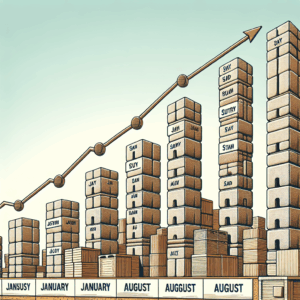In the second quarter of 2025, housing prices in the European Union have experienced a notable increase of 5.4% compared to the same period last year, while rents have risen by 3.2%. These increases, compared to the first quarter of 2025, also reflect upward trends, with a 1.6% rise in home prices and a 0.7% increase in rents.
The data, published by Eurostat, reveal a complex landscape regarding the evolution of housing prices and rents in the region. From 2010 until the second quarter of 2025, housing prices in the EU have risen by 60.5%, while rents have grown by 28.8%. Over the years, rents have shown consistent growth, while housing prices have followed a more variable pattern. After a significant increase from 2015 to 2022, prices experienced a slight decline and stabilization, but have started to rise again since 2024, marking six consecutive quarters of increase.
A more detailed analysis indicates that, since 2010, housing prices have increased more than rents in 21 of the 26 EU countries for which data is available. In Hungary and Estonia, for example, housing prices have more than tripled, with increases of 277% and 250%, respectively. Other countries that have recorded significant increases include Lithuania (+202%), Latvia (+162%), and Portugal (+141%). In contrast, Italy stands out as the only country where a decrease in home prices has been recorded, with a drop of 1%.
Regarding rents, all analyzed countries have experienced increases. Estonia, Lithuania, and Hungary lead this trend, with rises of 218%, 192%, and 125%, respectively. Greece, on the other hand, is the exception, showing a decline of 9% in rental prices.
The dynamics of the housing market in the EU suggest increasing economic pressure on residents as they search for housing solutions. This context could exacerbate difficulties in accessing housing, which in turn could have significant implications for social and economic cohesion in the region.
Source: MiMub in Spanish











